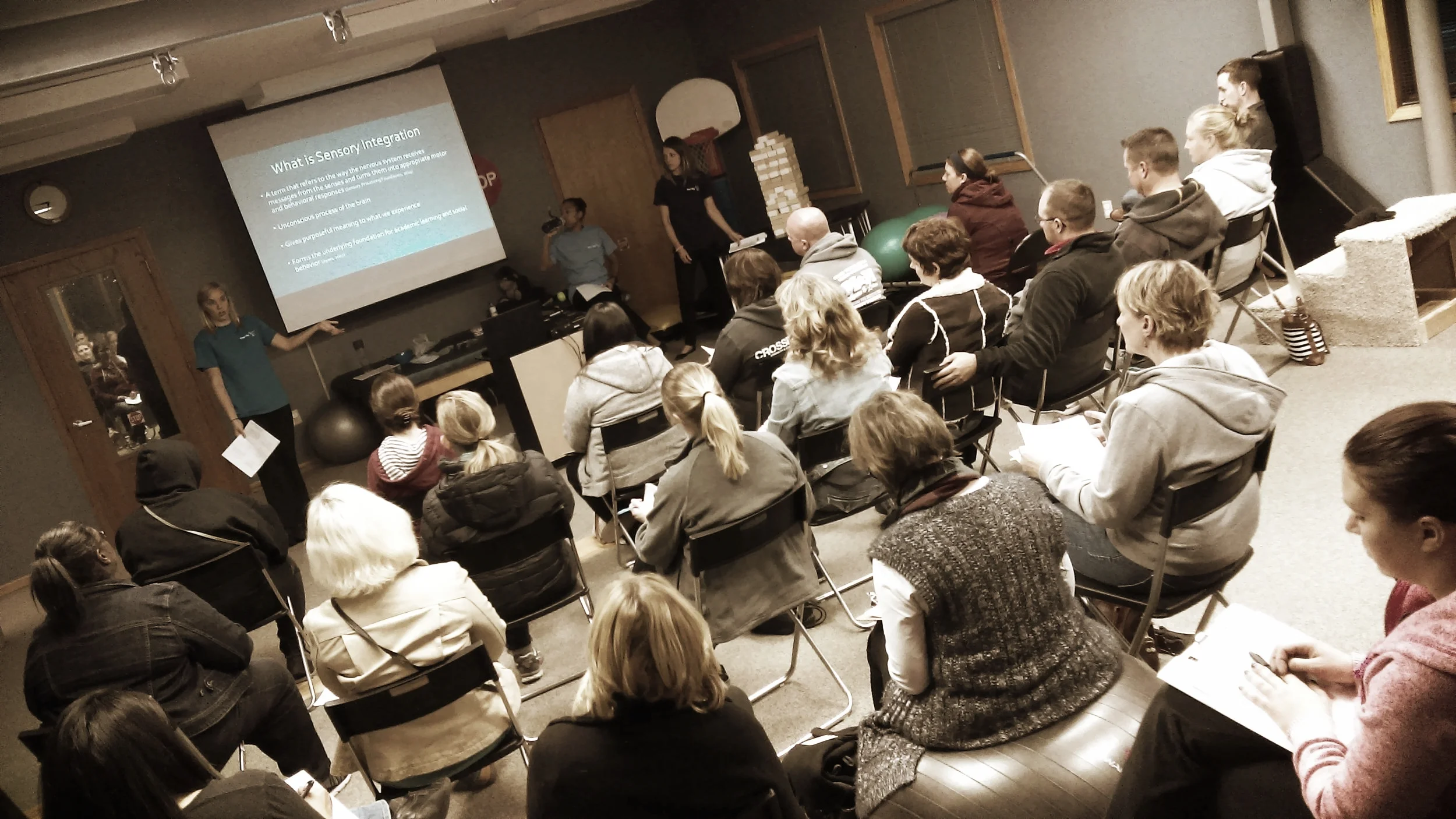*Inhale*Exhale*
/Breathing is for more than survival Breathing is key for survive and an involuntary action. Even if trying to hold your breath, you will eventually become unconscious when your body will attempt to breath for you. Breathing plays an important role in muscle activation, self-regulation, brain clarity, decreasing heart rate and blood pressure, effects the digestive tract while also impacting your metabolic rate.
Promoting deep, or diaphragmatic breathing, with your child can greatly increase their ability to regulate their emotions. This is done by repeated trials of belly breathing, promoting the reduction of the ‘flight or fight’ response created by chest breathing. Chest breathing is defined as breathing held in the rib cage and is often demonstrated when someone is stressed or over-exerting themselves.
How to belly breath:
1. Sit or lie flat in a comfortable position.
2. Put one hand on your belly just below your ribs and the other hand on your chest.
3. Take a deep breath in through your nose, and let your belly push your hand out. Your chest should not move.
4. Breathe out through pursed lips as if you were whistling. Feel the hand on your belly go in and use it to push all the air out.
5. Do this breathing 3 to 10 times. Take your time with each breath.
6. Notice how you feel at the end of the exercise.
Deep breathing isn’t typically viewed as a ‘fun’ activity by children. Below you will find additional recommendations from occupational therapists to promote engagement in deep breathing activities:
• Bubble jugs (using a straw to blow into water with dish soap mixed in)
• Laying on tummy blowing ball into target o Make it a game, playing against one another (breath soccer)
• Hold up 5 fingers, pretend to blow out the ‘candles’, only dropping a finger for a big blow
• Blowing bubbles
• Pinwheels
• Blowing up balloons
o Whose balloon flies the farthest?
• Whistles, whistles, and more whistles!!
• Play the above breathing ‘games’ with your child
o Your engagement promotes their willingness

